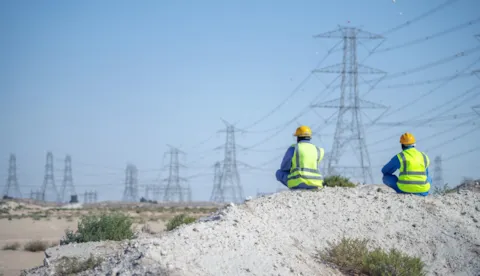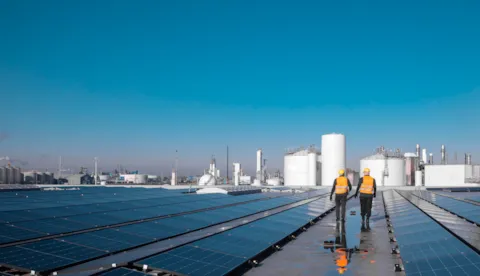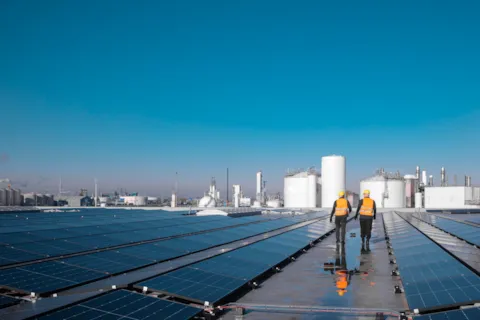
Energy Industry Insights 2025: Special report
From silos to systems
This special report explores why whole energy systems thinking is critical to accelerating the energy transition.
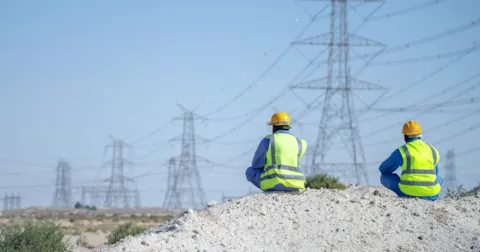
Energy Industry Insights 2025: Main report
Short-term volatility, long-term optimism
More than 1,100 senior energy professionals shared their views on how economic and political uncertainty is reshaping the industry’s outlook and priorities.
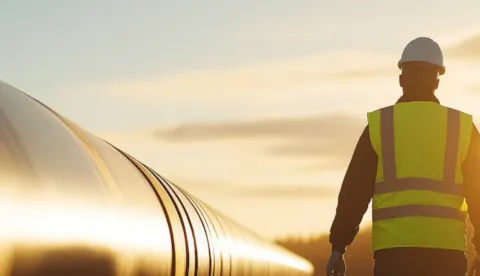

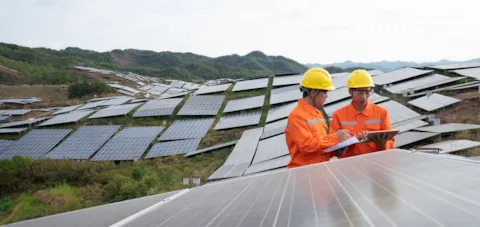
Energy Industry Insights 2024: Special report
Leading a data-driven transition
This special report explores how excellence in digitalization is helping energy industry organizations grow greener, faster, and better.
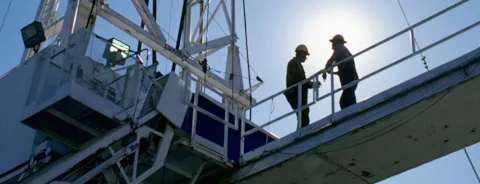
Energy Industry Insights 2024: Special report
THE PARADOX OF PETROLEUM
By gathering insights from nearly 450 senior oil and gas professionals, this report explores the dilemmas of the sector, in addition to the trends and near-term outlook.
